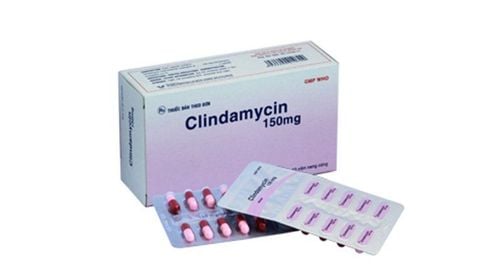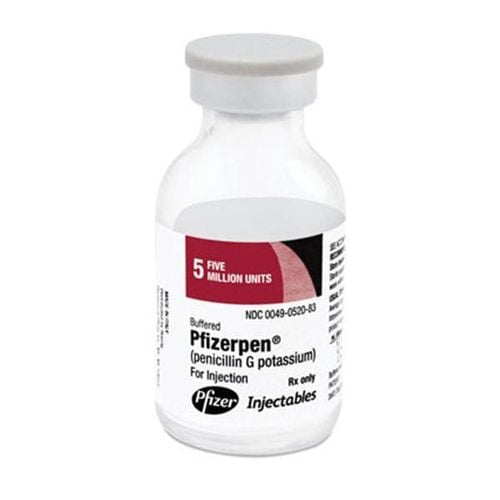This is an automatically translated article.
Roxithromycin 300mg is an antibiotic in the group of antibiotics used to treat certain infections caused by bacteria. The following article will introduce readers to the uses and some notes when using this drug.
1. What is Roxithromycin 300?
Roxithromycin is a semi-synthetic antibiotic belonging to the macrolide group. This active substance penetrates well into the cells and cavities of the body and is capable of reaching high concentrations in the tonsils, lungs, sinuses, uterus, and prostate.
Roxithromycin 300mg drug is eliminated mainly through metabolism in the liver and metabolites are excreted in the bile and feces. Therefore, the normal dose can be used in patients with impaired renal function.
2. Indications of roxithromycin 300mg
This is an antibiotic used in the treatment of infections caused by bacteria in a number of different organs such as:
Ear, nose and throat infections: tonsillitis, otitis media, esophagitis, inflammation bronchitis, pneumonia, sinusitis. Genitourinary tract infections such as prostatitis, urethritis, vaginitis, cervicitis, salpingitis, especially caused by Chlamydia infection. Skin and soft tissue infections such as folliculitis, boils, toxic boils, pyoderma, impetigo, erysipelas, infectious dermatitis, infectious ulcers.
3. Instructions for using roxithromycin 300mg
Dosage depends on different ages such as:
Adults: Take a dose of 150 mg x 2 times / day or 300 mg x 1 time / day and need to last at least 2 days after symptoms subside . Especially use for at least 10 days in case of streptococcal infection, vaginitis - cervicitis, urinary tract infection. The duration of treatment is up to 4 weeks. Children use doses in the range of 5-7.5 mg/kg/day, orally twice a day for up to 10 days. The use of the drug is contraindicated in patients with a history of hypersensitivity to the macrolide group. In addition, do not take roxithromycin 300mg with ergot vasoconstrictor kaloids such as ergotamine and dihydroergotamine.
4. Interactions between Roxithromycin and other drugs
Roxithromycin 300mg drug has the potential to interact when used with other drugs such as: Digoxin, Disopyramide, Midazolam,... Therefore, patients need to report to their doctor about all drugs being used and Do not change your medication without your doctor's consent.
5. Roxithromycin side effects
Some common side effects include:
Gastrointestinal manifestations such as nausea, vomiting, diarrhea, stomach pain. Skin manifestations include rash, angioedema, and urticaria. In rare cases, cholestatic hepatitis is caused by transient increases in transaminase levels with high doses.
Very rare cases of severe hypersensitivity reactions such as Quincke's edema, anaphylactic reactions. Roxithromycin 300mg is an antibiotic in the group of antibiotics used to treat certain infections caused by bacteria. In order for the treatment to be effective, the patient must take the medication exactly as directed.
Follow Vinmec International General Hospital website to get more health, nutrition and beauty information to protect the health of yourself and your loved ones in your family.
Please dial HOTLINE for more information or register for an appointment HERE. Download MyVinmec app to make appointments faster and to manage your bookings easily.













